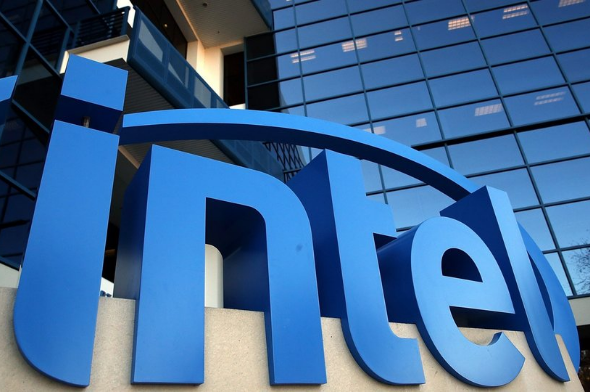Connection to DriversCloud Create a DriversCloud.com account Reset your DriversCloud.com password Account migration
In 3 years, Intel has doubled its 10nm and 14nm production capacity
Very late on the 7 nm, Intel must still face an ever-growing demand on its components.
In 2015, when Intel announced the 10nm project and the desire to see its first chips manufactured with this process by 2017, the company did not imagine that in 2021 it would still be "stuck" with this now aging technology. Even worse, no one at Intel thought that 14nm would still be in use in the company's factories. However, this is the reality for the inventor of the Pentium, who has been forced to rethink its way of working in order to adapt to the delay of future technologies and to an ever increasing demand for its current products. Througha long message published on the Intel newsroom, Keyvan Esfarjani comes back on what could be seen as a paradoxical situation.
Intel specifies that several excerpts of the above video were shot before the Covid-19 pandemic: the company assures that today all employees respect the barrier measures.
For example, in three years, Intel has managed to double its production of 10nm and 14nm chips in order to meet the demand of its partners. The senior vice president and general manager of manufacturing and operations at Intel then does not return at all to the problems related to 7 nm, but highlights the progress made on efficiency and yields on 10 nm and 14 nm: "In the last three years, we have doubled our capacity in wafer volume, which was a significant investment. Moving forward, we are not stopping... We continue to invest in production capacity so that we can meet the growing needs of our customers."
Still down on 7nm, Intel is now aiming to improve the production of its ultimate iteration on 10nm. Keyvan Esfarjani says the 10nm SuperFin " is the largest intra-node improvement in the company's history and provides a performance increase equivalent to a full node transition. Mr. Esfarjani also points out that today three manufacturing plants are running at full speed on the SuperFin 10 nm: two in the United States (Arizona, Oregon) and one in Israel. Let's bet that Intel will need real progress on 10nm to counter the advance taken by the most powerful Ryzen from AMD.





